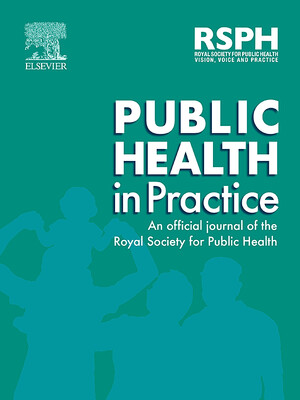
Molecular detection of Cryptosporidium species in wildlife and humans at the wildlife-human interface around Queen Elizabeth National Park, Uganda
Abstract
To date, information on Cryptosporidium spp. infection status among people and wild animals living at the wildlife-human interface such as Queen Elizabeth National Park (QENP) is scarce. The aim of this study is to document the molecular detection of Cryptosporidium spp. in wild animals, and people, around QENP in the Kasese District. A total of 308 patients from four health centres and 252 wildlife animals from six species across 13 sampling areas were analysed microscopically and with PCR for Cryptosporidium spp. detection. The parasitological and molecular prevalence of Cryptosporidium spp. in humans was 40% and 53%, respectively; Kasenyi Health Centre recorded the highest percentage of positive stool samples for both tests. Wildlife species had an overall molecular percentage positivity of 30.16%; however, considering individual animal species that were sampled, the Waterbucks had the highest positivity rate, that is, 54.54%. All the samples were confirmed as genus Cryptosporidium with less species discrimination as our PCR target was a short fragment. There is a need to investigate the risk factors that predispose to high Cryptosporidium infection in the study area, especially in Kasenyi. In-depth investigation of the genetic diversity of Cryptosporidium spp. circulating at the human, livestock, and wildlife interface is imperative in devising disease management strategies.
Citation
Mugasa, C.M., Mirembe, B.B., Ochwo, S., Nkamwesiga, J., Ndekezi, C., Tusabe, T., Musoba, A. and Kankya, C. 2023. Molecular detection of Cryptosporidium species in wildlife and humans at the wildlife-human interface around Queen Elizabeth National Park, Uganda. Parasitologia 3(2): 181–193.









